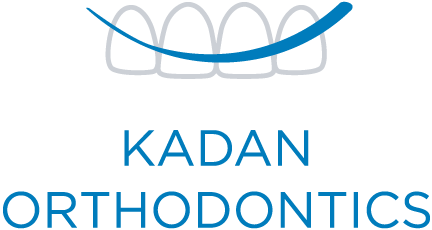At Kadan Orthodontics, we specialize in three types of orthodontic treatments:
- Traditional Metal Braces
- Ceramic Braces
- Invisalign® Clear Aligners
The following information provides a brief overview of each type of treatment.
Metal Braces
Advantages
The bands that are used for metal braces come in a variety of colors so that our patients can have braces that reflect their personal style.
Disadvantages
Traditional metal braces are the most noticeable type of braces.
Ceramic Braces
Advantages
Ceramic braces are beneficial because they are less noticeable and shorten the amount of time that you have to wear braces.
Disadvantages
When compared to traditional metal braces, ceramic braces are more expensive. The ceramic material requires special care to avoid staining.
Invisalign Clear Aligners
Advantages
Invisalign® aligners are invisible, removable and comfortable. You need fewer follow-up visits because the system uses a series of aligners that don’t require adjustments like braces.
Disadvantages
Invisalign aligners may not be as effective for treating more serious orthodontic problems. Aligners can be more expensive than other types of braces, and you may misplace or break the aligners.








